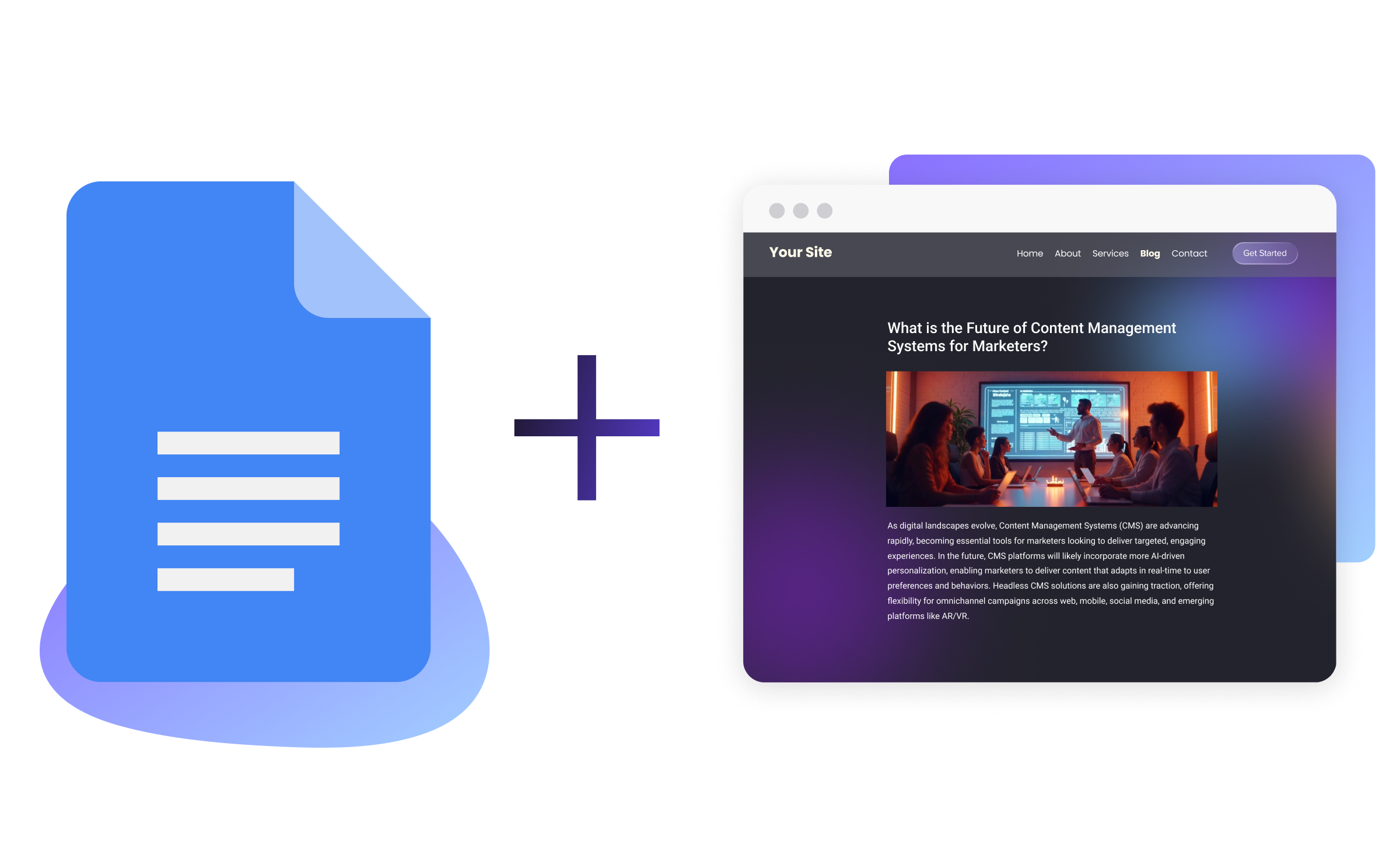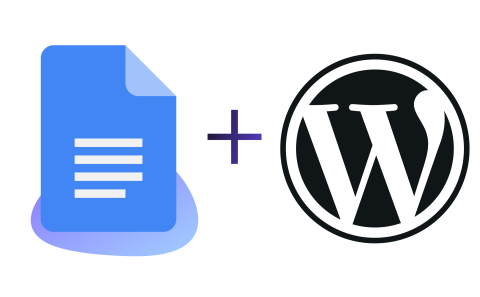Why Digital Transformation is the Future of Higher Education
2020 permanently changed the way students, prospective students, parents, donors, and educators use university websites. Some would argue that the pandemic gave higher education the push it needed to make a serious investment in digital transformation (DX) as the future of learning. Still, there is a long way to go.
According to the U.S. Department of Education, National Center for Education Statistics, in 2018, around 65% of the country’s roughly 20 million post-secondary students were not taking any remote courses. It would be trivial to even compare that percentage to 2020, as nearly every institution was forced to quickly transition to online-only learning formats because of lockdown requirements. However, the “temporary” move to remote learning is becoming increasingly permanent. As of July 2021, 33% of post-secondary school administrations say they will continue to offer remote and online course options, even after campuses have fully reopened with normal operations.
It’s clear that the higher education industry is aiming to increase DX with a greater reliance on online classrooms. But the movement toward a technological integration for learning is much larger in scope.
Breaking Down Barriers
DX is more than the technology colleges and universities leverage; it’s about the use of those tools to reach users on a new level and in turn, increase the opportunities users have to innovate with their new platform.
Virtual classrooms are one element of online education, but a full digital learning experience is truly a new, revolutionary way for education to remove barriers and silos with communicative, goal-oriented resources. The integration of new and improved university websites and applications are relied upon by students, parents, faculty, and other members of the community to move through the educational experience. DX is the present and future of education, largely because of its ability to branch out across the user experience (UX) in ways that traditional learning resources cannot provide.
Take a look at how Cornell University, an Ivy League school, pinpointed content along with individualized student experiences by partnering with Drupal and Salesforce on Pantheon. When student opportunities such as internships and study abroad programs were disorganized, Cornell sought a solution. With the help of their partners, the institution was able to do the following:
Centralize the abundance of opportunities for students with manageable content and exposure to vital data by using Drupal CMS
Direct student applications and data with Salesforce CRM
Conceptualize both platforms together with Message Agency, a Pantheon partner, to organize and relocate relevant opportunities into a user-friendly, customizable guide
Students responded to the improvement, stating that the site was well-organized, formatted intuitively with everything in a single location, and it was much easier to find what they were looking for. The experience even led to Cornell using the framework for further collaboration and innovation.
This is just one example of how DX can grow and expand across the educational footprint. The institutions who provide these digital experiences will find just as much of an advantage.
Automated, Accessible Digital Resources for Higher Ed
The idea of shifting a large amount of your resources to a digital education experience could be daunting. Within every institution that leverages this technology, they unlock the potential for new courses, study groups, collaborative research departments, and more.
Educational web platform providers who partner with higher educational institutions know that there is extensive interest in website educational opportunities. That’s why companies like Pantheon have developed resources that are more than just traditional, disconnected websites. At Pantheon, they provide an educational software as a solution (SaaS) tool — built to easily and effectively manage hundreds (even thousands) of Drupal and WordPress websites from a single point, all with comprehensive cloud support.
Solidifying a powerful and practical platform should be the first step in any educational provider’s DX strategy. It puts your administration in control of the digital education experience, with the ability to:
Oversee a complete institutional website portfolio with ease
Create new sites that meet custom requirements and can be quickly transferred to content creators
Automate processes and updates for every site, all at once
Improve productivity, reduce time spent on constant updating, and streamline practices for all web teams
Track and control access for all sites from a single dashboard with centrally managed templates, branding, and campus-wide systems integrations
Move to cloud storage without the risks of traditional legacy systems
Make single-click updates to your CMS and test new features
Use pre-configuration for workflows, themes, and functionality
Sites can also have custom upstreams, allowing you to balance unique individuality for each site without sacrificing institutional standards in the process.
Many schools have already leapt forward into a new digital educational landscape, aligning their educational goals and IT departments for transitioning into the latest EDU digital infrastructures. You can learn more about how three universities each uniquely evolved in the Higher ED IT Playbook.
Collaboratively Focusing on Digital Investment
The shift toward a DX is well underway, but there is more work to be done.
Research from EDUCAUSE shows that only 13% of colleges and universities are engaging in digital transformation. However, there is clearly an interest in future engagement. 32% of institutions are currently developing a DX strategy.
As the development and allocation of digital resources continue to evolve and expand, many components must work together:
Individual institutions need to invest in DX tools that integrate within a cohesive digital infrastructure.
The education industry as a whole must invest in support mechanisms for digital infrastructure (e.g., connectivity, devices, etc.)
Encouragement must be given for all parties to take part in the DX experience, via guided experiences and growth incentives.
A diverse population, including low-income and marginalized users, must be included throughout the DX to close the technological gap.
“Boots on the ground” educators, potential users, UX experts, and decision makers need to collaborate on strategies for DX transitions.
Educators and students need proper training to leverage new technologies.
Institutions must consistently complete assessments to make sure they are addressing their technological strengths and weaknesses.
There are many support mechanisms yet to be explored, including assistance from governments, non-profits, partnerships, fundraising, and other potential avenues. The opportunities are endless. It is clear that in the future, more people will turn to digital transformation for learning and innovation. To capitalize on DX’s potential, we must listen to each other and make digital education resources that are individualized, yet available for all.
Americaneagle.com is proud to partner with Pantheon, assisting them as they help others transform higher education. We are a full-service web design, development, and digital marketing provider with over 25 years of industry experience. Learn more about our expertise and contact us today to upgrade your digital experience.


